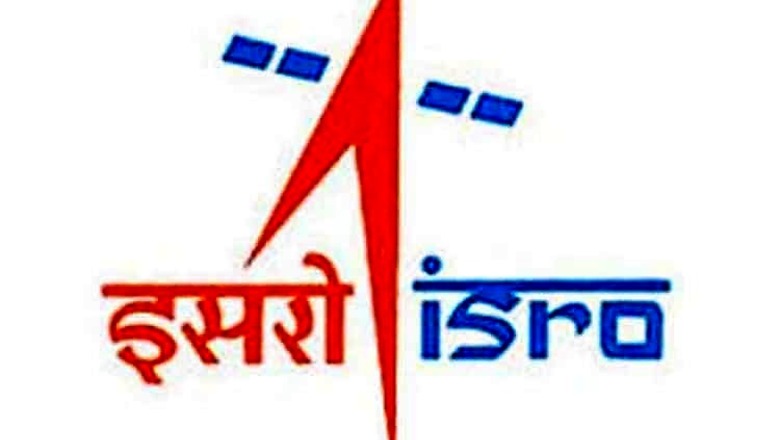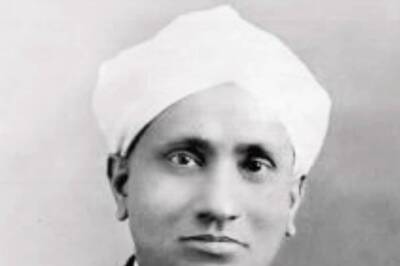
views
New Delhi: Opting to go solo in its ambitious Chandrayaan II project, India has decided not to take Russia on board and keep the mission completely indigenous with "minor" help from the US.
ISRO chairman A S Kiran Kumar said Chandrayaan II, having an indigenously built Lander and Rover, will be launched by December 2017 or first half of 2018. The spacecraft will also have instruments that will collect samples and send the data back to earth.
Chandrayaan, the country's Lunar Exploration Programme, is an ongoing series of outer space missions by the Indian Space Research Organisation (ISRO).
In its Chandrayaan Mission I, ISRO was able to make the important discovery of water on the earth's sole satellite. India has now jettisoned Russia in the Chandrayaan II project and would be embarking upon an indigenous venture but with a bit of help from the United States.
During 2010, it was agreed that Russian Space Agency ROSCOSMOS would be responsible for lunar Lander and ISRO for Orbiter and Rover as well as Launch by GSLV. Later, due to a shift in the programmatic alignment of the mission, it was decided that the Lunar Lander development would be done by ISRO and Chandrayaan-II will be a totally Indian mission.
"There were issues with the Russian Lander and they had said it would need some more testing. In the meantime, we decided to develop it indigenously," said a senior ISRO official.
Although indigenous, ISRO will be taking services of NASA for the project.
"You cannot track satellite from one location...because of that you need support from other locations. With NASA the collaboration is restricted to its services from the Deep Space Network for Chandrayaan purpose. We are not using Russian help in this project," Kumar said.
ISRO's space cooperation with NASA has been growing over the past few years. Interestingly, the collaboration between the two agencies had come to a halt after nuclear tests done by India in 1974 and 1998. But with relations between the two countries improving, the cooperation between the space agencies too have increased.
The two are also collaborating on their project on Mars. On the other hand, although India is going solo in the Chandrayaan project, it has been collaborating with Russia on different projects.
"In future, for semi-cryogenic engine some facilities are required to carry out the tests. So we are still looking at possibilities of working with them. All space agencies have realised that unless we work together many of the missions cost cannot be shared," Kumar said.




















Comments
0 comment